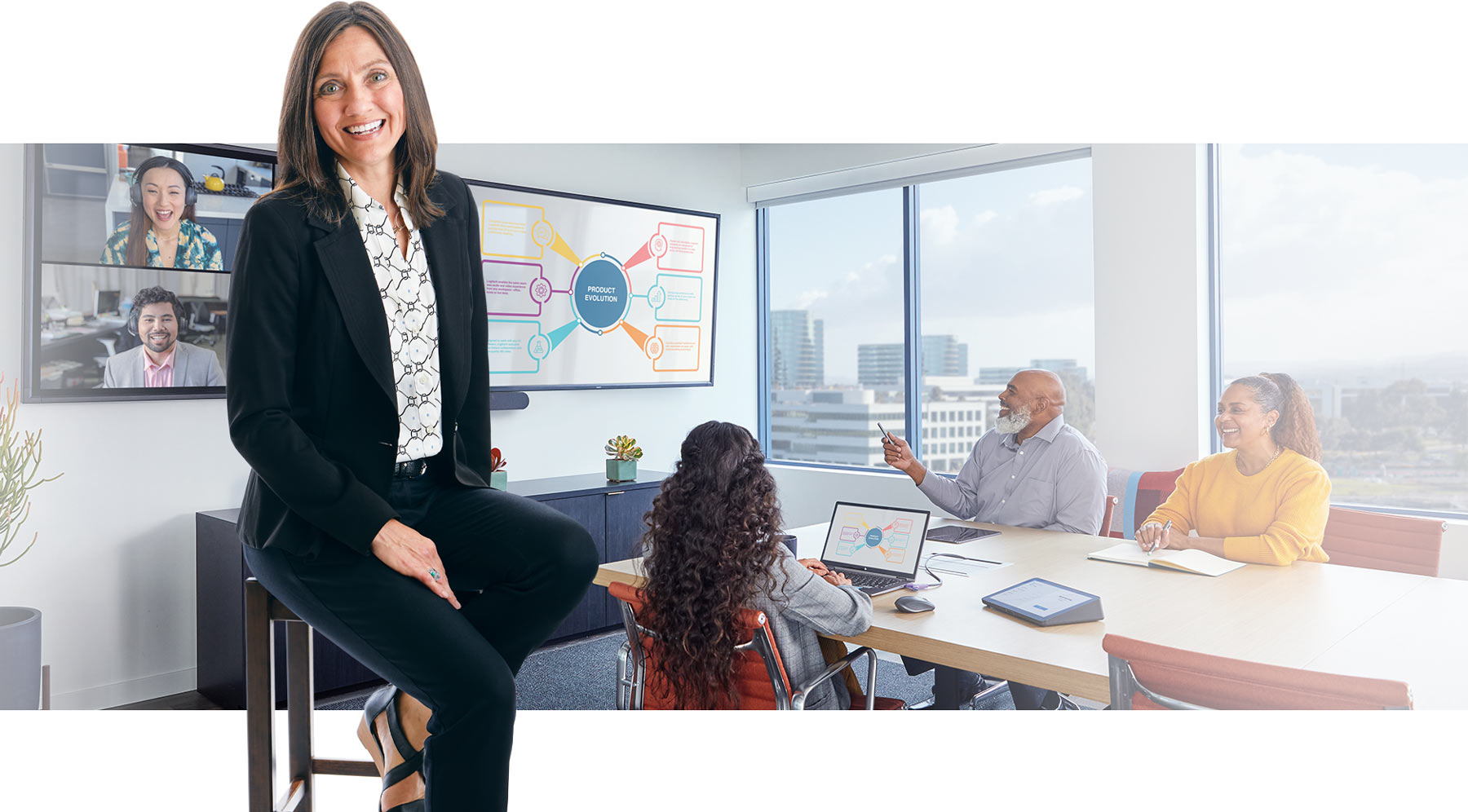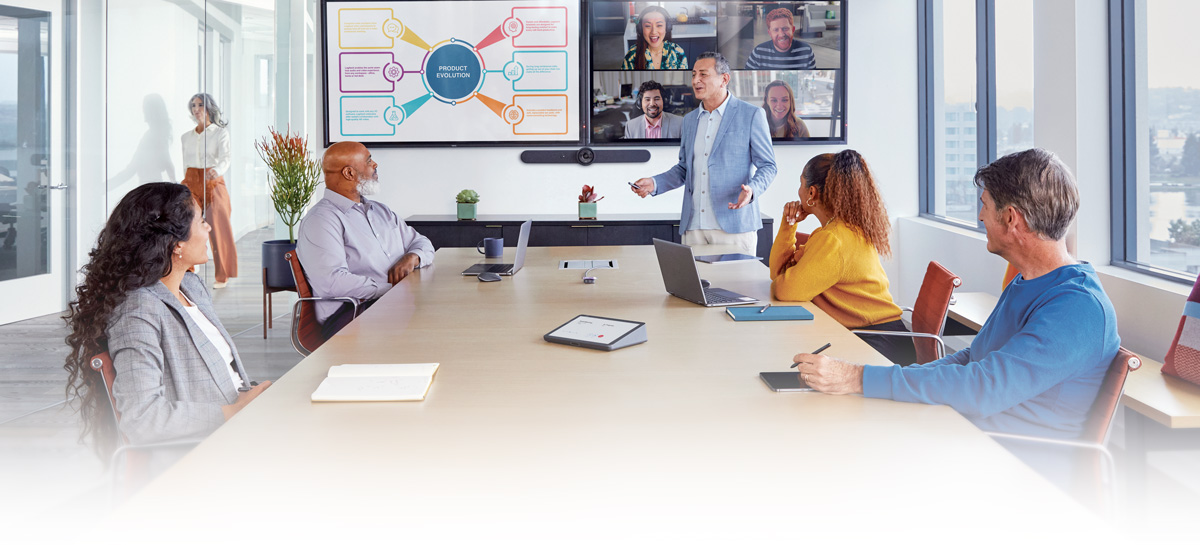ho would have thought that a global pandemic could prove in two years what I’ve been saying for 25 years? It’s been a journey. Fresh out of college, I took my first job working for a small video conferencing integrator in 1997. As a marketer, it was my job to communicate how video conferencing technology offered a new method for working from anywhere. I studied market trends, sought innovative use cases, and interviewed countless customers in the healthcare, government, and education markets. However, it wasn’t until after my first child was born that I personally tried “teleworking” (that’s what we called it in the ‘90s). It was then that my eyes were truly opened to the power and potential of video conferencing to offer new ways of working that optimize productivity while improving one’s quality of life. Fast forward 25 years and a global pandemic and my passion for researching and sharing how technology can transform how work gets done while attracting top talent has only deepened.

ho would have thought that a global pandemic could prove in two years what I’ve been saying for 25 years? It’s been a journey. Fresh out of college, I took my first job working for a small video conferencing integrator in 1997. As a marketer, it was my job to communicate how video conferencing technology offered a new method for working from anywhere. I studied market trends, sought innovative use cases, and interviewed countless customers in the healthcare, government, and education markets. However, it wasn’t until after my first child was born that I personally tried “teleworking” (that’s what we called it in the ‘90s). It was then that my eyes were truly opened to the power and potential of video conferencing to offer new ways of working that optimize productivity while improving one’s quality of life. Fast forward 25 years and a global pandemic and my passion for researching and sharing how technology can transform how work gets done while attracting top talent has only deepened.
Many government workers discovered, as I had, a multitude of benefits in remote and hybrid work. The top benefit, cited by 80 percent of survey respondents, was increased flexibility for both the organization and its employees. The flexibility of hybrid work ensures continuity of services during, for example, a pandemic, while also enabling employees to take care of family and personal needs and still be fully productive at work. Other benefits of hybrid work cited include cost savings and increased employee satisfaction.


It’s not just individual or even team productivity that suffers when organizations make do with outdated or incompatible video conferencing technology. Our survey uncovered that 75 percent of the drawbacks of hybrid work identified are based on social issues, including decreased workplace culture, difficulty connecting with others, and feeling less connected with company strategy. When it comes to attracting and retaining talent, culture and a sense of connection are critical for government organizations. They cannot be sacrificed, but neither can the flexibility of hybrid work.

Today, Williamson County employees work three days remotely and two days in the office each week. On any given day, conference rooms are booked for video meetings between a group of four or five people working on-premises and another dozen working remotely. Upgraded technology enables employees to focus on the organization’s mission and foster relationships, rather than fumbling with technology.
People can’t do hybrid work with yesterday’s technologies, but with the right technologies hybrid work can elevate the employee experience, enabling flexibility and the human connections that increase productivity and enhance business continuity. It’s a win for government organizations, their employees, and their constituents.

Cohen’s experience includes designing boardrooms, K-12 and university classrooms, school-based healthcare clinics, behavioral health and courts and corrections solutions, immersive telepresence for law firms, and command and control environments. She holds a Bachelor of Science in business administration with a concentration in marketing management from East Carolina University.